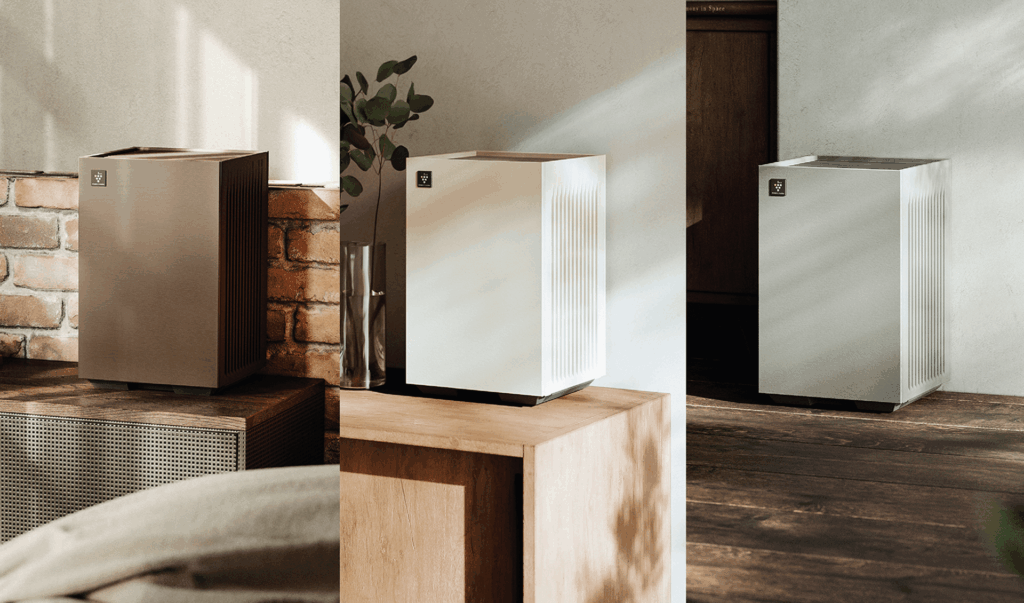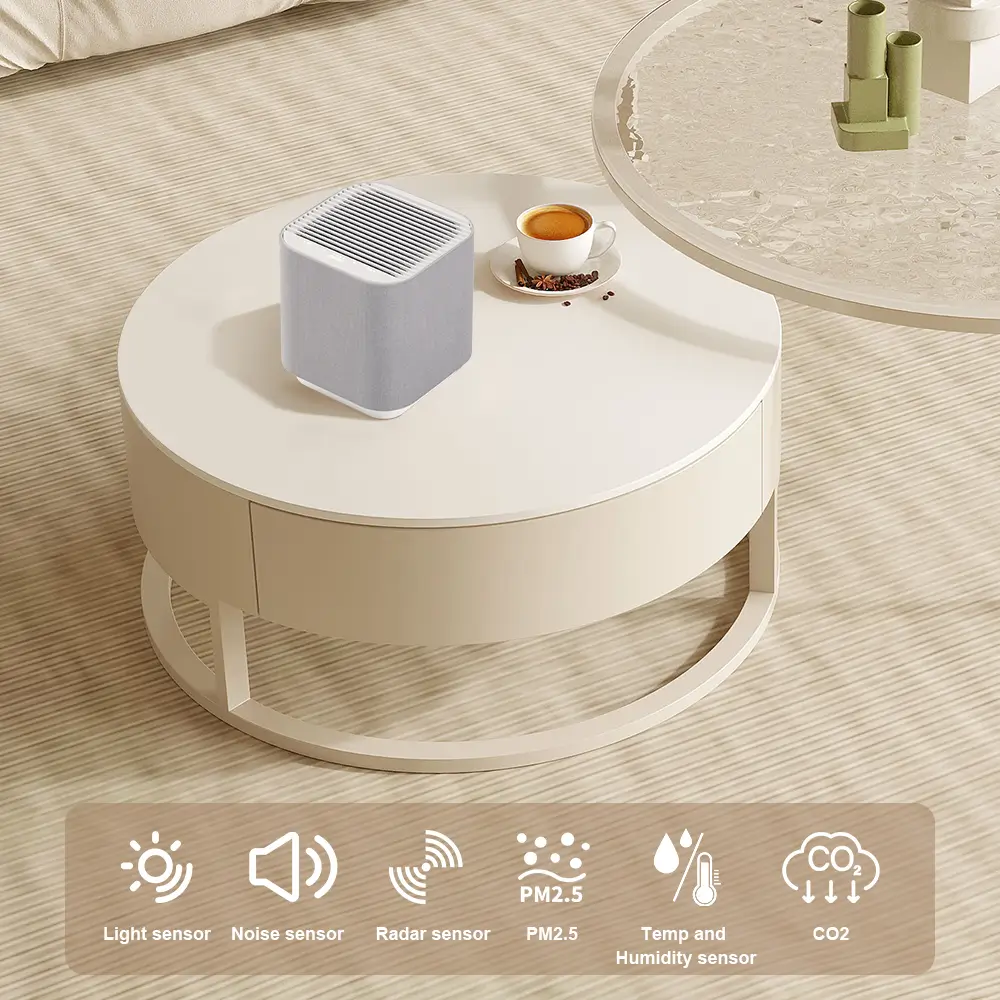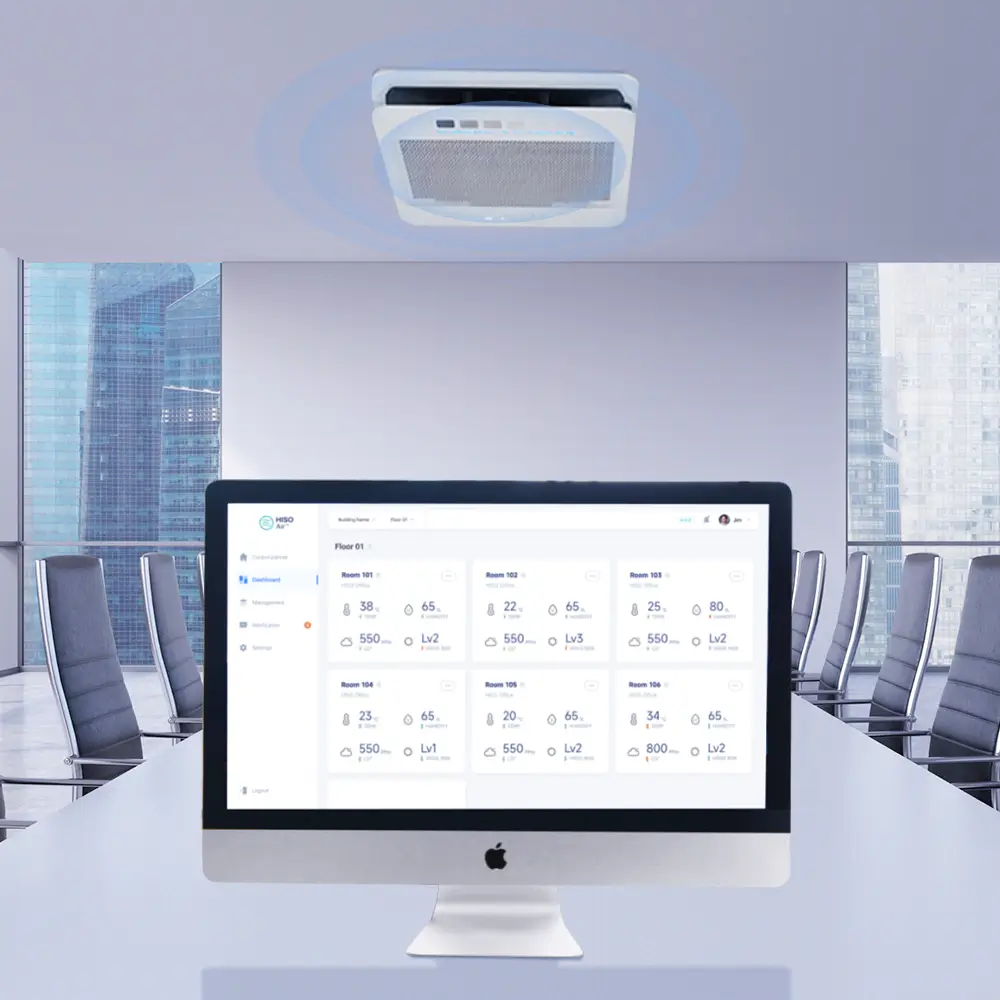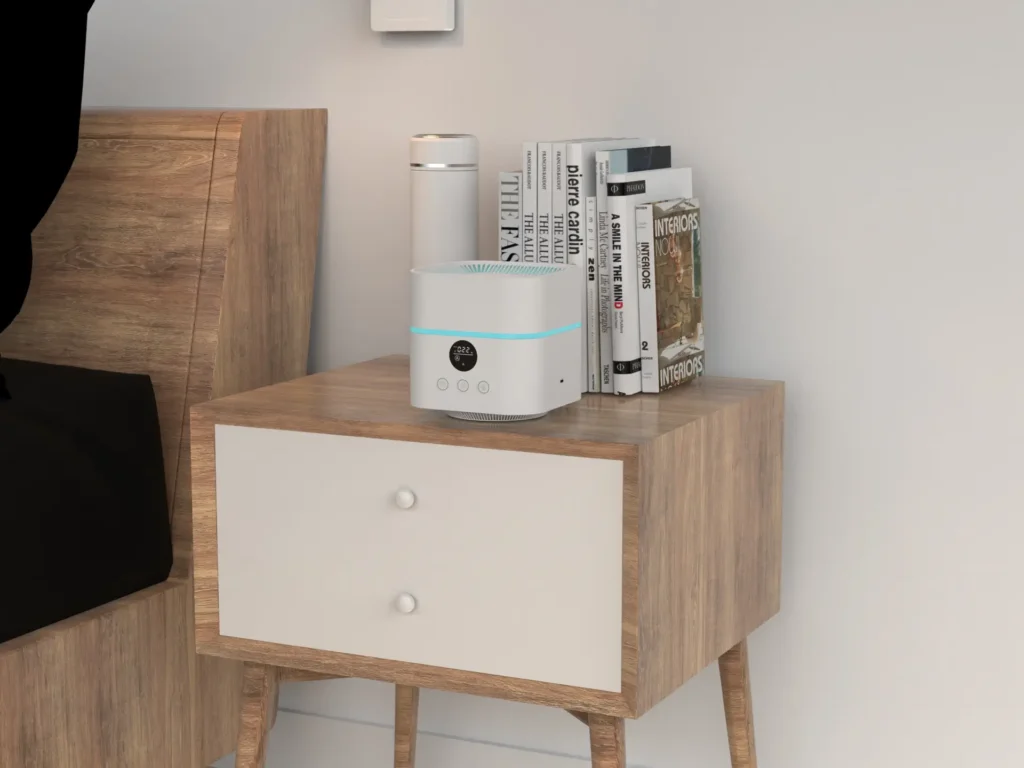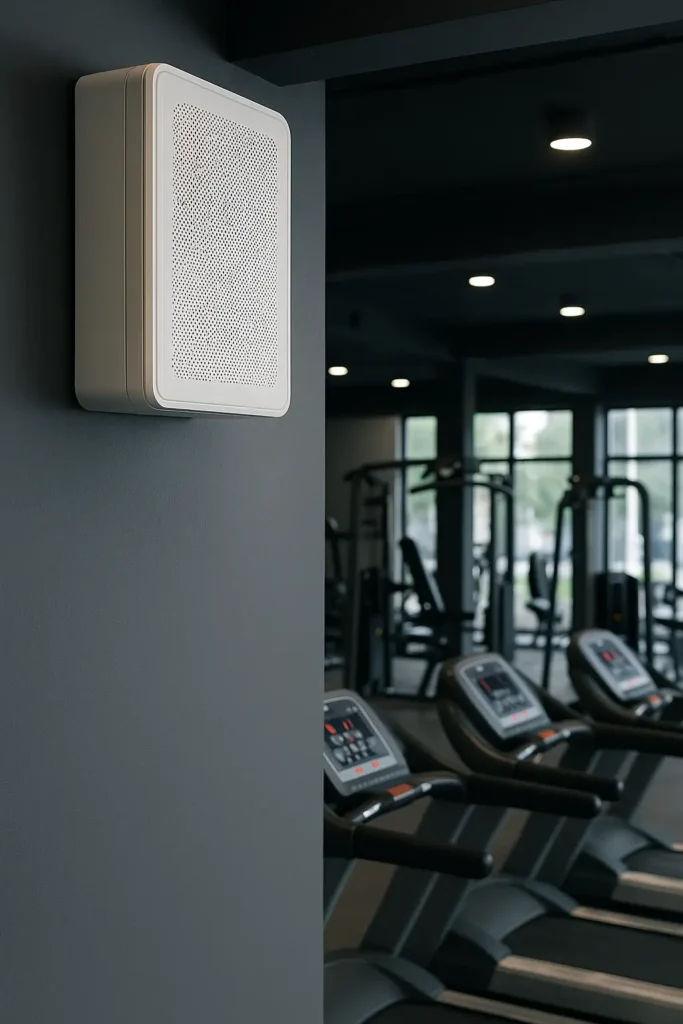
Alguna vez se ha encontrado en la encrucijada de crear o fabricar purificadores de aire, con la curiosidad de saber cuánto dura el OEM/ODM que dura el viaje?
En OEM/ODM de los purificadores de aire suele durar entre 3 y 6 meses. Este plazo varía en función de la complejidad del diseño, la experiencia de los socios y la eficacia de la comunicación. Las fases clave son el diseño, la creación de prototipos, las pruebas y la gestión de la producción.
Aunque esta descripción general proporciona un calendario básico, comprender cada etapa en detalle es crucial para agilizar los procesos y evitar retrasos. Explore las siguientes secciones para profundizar en la optimización de los plazos de desarrollo y fabricación de su purificador de aire.
El proceso OEM/ODM de los purificadores de aire dura entre 3 y 6 meses.Verdadero
El plazo varía en función de la complejidad del diseño y la experiencia del socio.
¿Cómo funciona el OEM El proceso difiere del ODM ¿Proceso?
Navegar por la OEM y ODM Los procesos pueden ser complejos, sobre todo cuando se fabrican purificadores de aire. Entender las distinciones es clave para el éxito.
En OEM (fabricante de equipos originales) consiste en fabricar productos a partir de las especificaciones de un cliente, mientras que el ODM (Fabricante de Diseño Original) ofrece servicios de diseño y fabricación de productos concebidos por el fabricante. La elección entre OEM y ODM depende del nivel de control deseado sobre el diseño y la producción.
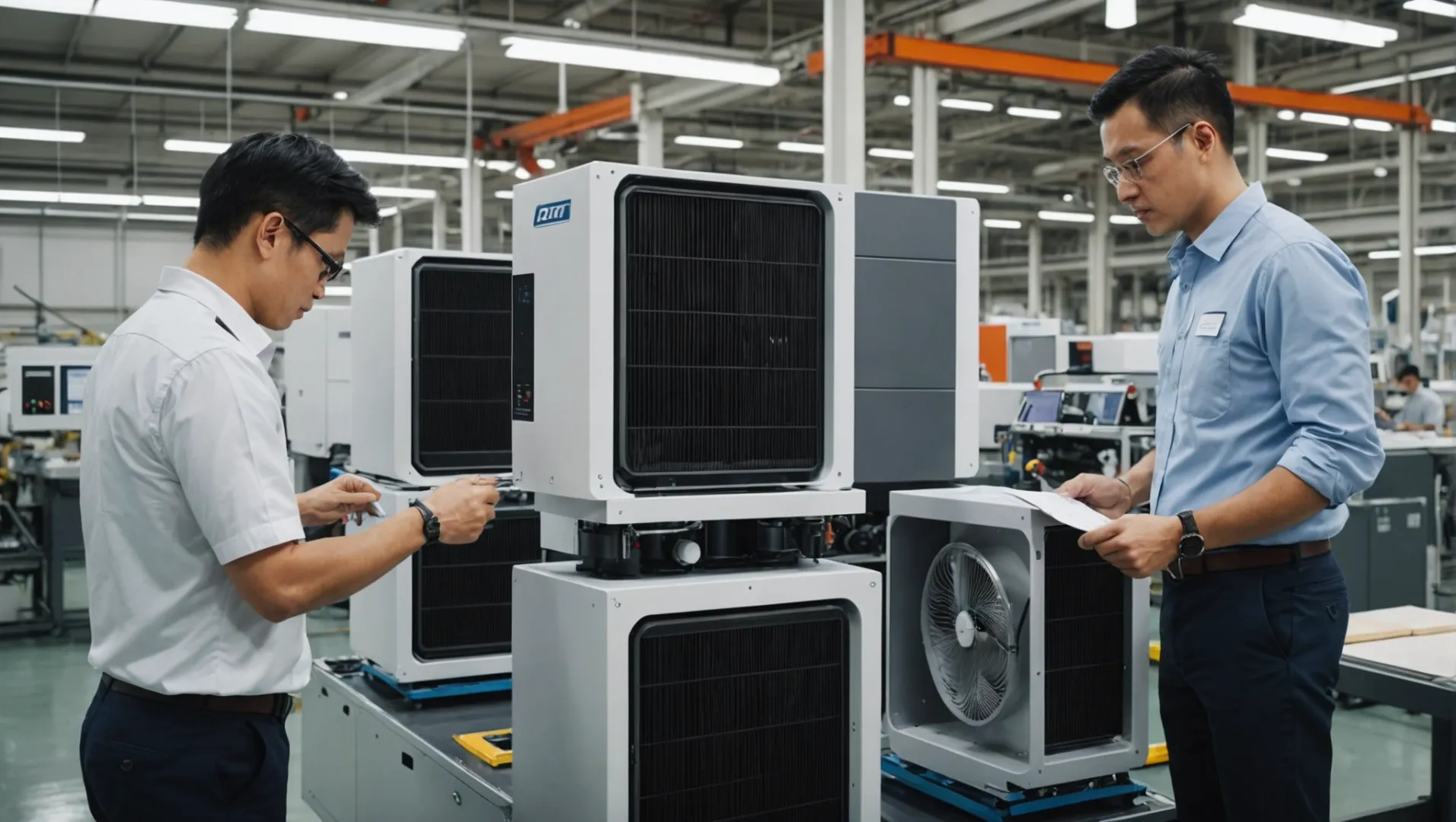
Comprender OEM: Fabricación de equipos originales
En OEM proceso1 suele ser el preferido por las empresas que tienen un diseño de producto específico pero carecen de la capacidad o los recursos para fabricarlo ellas mismas. La principal ventaja de este enfoque es que permite a las empresas mantener un control total sobre el diseño y las especificaciones de su producto.
- Control sobre el diseño: OEM los clientes proporcionan especificaciones detalladas, garantizando que su visión se haga realidad sin alteraciones.
- Personalización: Los productos se adaptan a los requisitos del cliente, lo que resulta ideal para empresas con necesidades de productos únicas.
- Enfoque de marca: La marca del cliente ocupa un lugar destacado, lo que es vital para las empresas con una fuerte identidad de marca.
Ejemplo: Una empresa diseña un innovador purificador de aire con tecnología propia y se asocia con una OEM para fabricarlo, garantizando la calidad y la integridad de la marca.
Explorar ODM: Fabricación de diseños originales
Por otra parte, el ODM proceso2 se adapta a empresas que pueden no tener diseños de productos específicos y buscan soluciones integrales, que incluyen el diseño y la fabricación de productos.
- Experiencia en diseño: Los fabricantes de equipos originales prestan servicios de diseño, ofreciendo diseños preexistentes o trabajando en colaboración en otros nuevos.
- Velocidad de comercialización: Como los diseños suelen estar ya hechos, los productos pueden llegar al mercado más rápido que con OEM.
- Rentabilidad: Utilizando un ODM puede ser rentable, ya que los costes de diseño se reparten entre varios clientes.
Ejemplo: Una empresa emergente quiere introducirse rápidamente en el mercado de los purificadores de aire y elige un ODM con un diseño probado que se alinea con la estética de su marca.
Principales diferencias
| Característica | OEM | ODM |
|---|---|---|
| Control del diseño | Alta | Media a baja |
| Nivel de personalización | Completo | Limitado |
| Velocidad de comercialización | Variable | Normalmente más rápido |
| Coste | Mayor inversión inicial | Generalmente inferior |
Elegir entre OEM y ODM
Decidir entre OEM y ODM depende de los objetivos de su empresa, su presupuesto y el nivel de personalización necesario. Si el control de cada detalle es crucial, OEM es probablemente la mejor opción. Sin embargo, si el tiempo de comercialización y el coste son factores importantes, considerando una ODM3 puede ser ventajoso.
La comunicación periódica y la gestión de proyectos son fundamentales en ambos procesos. Las reuniones semanales y las visitas a la fábrica pueden aportar información sobre el progreso de la producción y los posibles retos.
El OEM proporciona un control total sobre el diseño del producto.Verdadero
OEM permite a los clientes especificar cada detalle del producto.
La comercialización del ODM suele ser más lenta que la del OEM.Falso
La ODM suele utilizar diseños ya hechos, lo que acelera la entrada en el mercado.
¿Cuáles son las etapas clave en el desarrollo de un purificador de aire?
Embarcarse en el desarrollo de un producto purificador de aire requiere una comprensión clara de las etapas esenciales que lo componen.
Las etapas clave en el desarrollo de productos purificadores de aire incluyen el diseño conceptual, la creación de prototipos, las pruebas de rendimiento, la validación y la planificación de la producción. Cada etapa desempeña un papel crucial para garantizar que el producto final cumpla las normas de calidad y las exigencias del mercado.
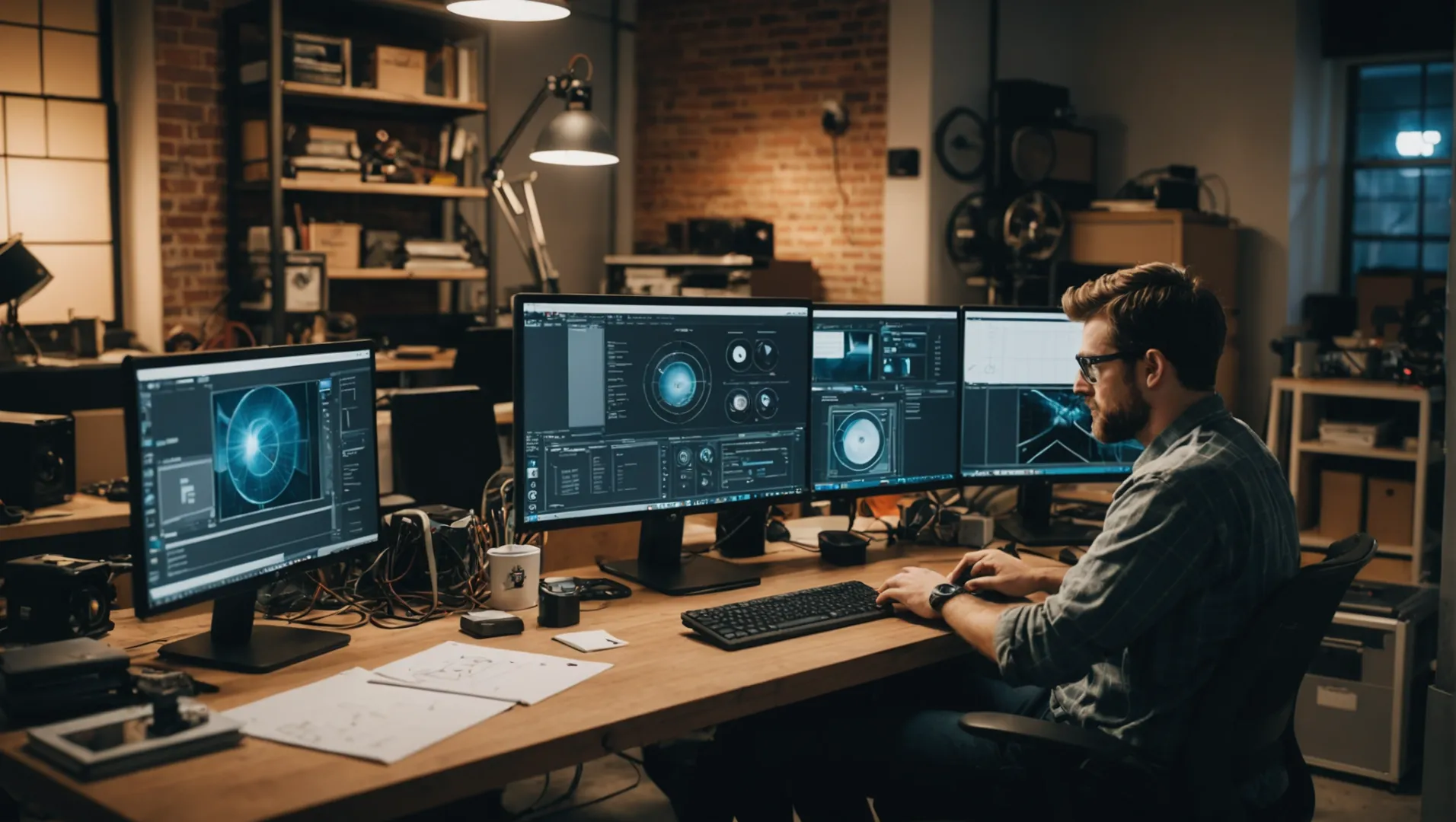
Diseño conceptual e ideación
La fase inicial consiste en una lluvia de ideas y el desarrollo de un marco conceptual para el purificador de aire. Esto incluye definir el público objetivo, identificar las características únicas y esbozar las especificaciones técnicas. La colaboración con diseñadores e ingenieros experimentados puede mejorar significativamente el proceso de ideación, garantizando que los conceptos innovadores sean prácticos y viables.
Creación de prototipos
Una vez establecido un concepto sólido, el siguiente paso es crear un prototipo. Esta representación tangible permite a los desarrolladores evaluar la viabilidad y funcionalidad del diseño. Durante la creación del prototipo, considere la posibilidad de implicar a equipos multifuncionales para evaluar diferentes aspectos como la usabilidad, la estética y la durabilidad. Las pruebas iterativas y los comentarios durante esta fase pueden perfeccionar el diseño antes de seguir adelante.
Pruebas de rendimiento
Las pruebas de rendimiento son esenciales para validar que el purificador de aire cumple las normas reglamentarias y las expectativas del cliente. Realizar pruebas de laboratorio desde el principio ayuda a identificar posibles problemas que podrían provocar fallos de rendimiento más adelante. Al invertir en protocolos de pruebas exhaustivos, puede ahorrar tiempo y recursos a largo plazo al evitar costosos rediseños o retiradas del mercado.
Comprender los requisitos reglamentarios4 también es fundamental durante esta fase para garantizar el cumplimiento de las normas del sector.
Validación e iteración
Tras las pruebas iniciales, es necesaria una mayor validación para afinar el diseño. Para ello hay que recabar las opiniones de los usuarios, evaluar el impacto ambiental y la eficiencia energética. El proceso iterativo garantiza que se resuelvan todos los problemas detectados antes de proceder a la producción en serie.
Planificación de la producción
La fase final consiste en la planificación detallada de la producción. Esto incluye establecer plazos, conseguir materiales y organizar un equipo de gestión del proyecto para supervisar los progresos. Las reuniones periódicas con las partes interesadas pueden ayudar a mantener la coherencia y abordar con prontitud cualquier problema que surja.
Exploración de estrategias de producción eficientes5 puede ser beneficioso para optimizar los procesos de fabricación.
Comprender estas etapas permite a las empresas planificar estratégicamente su ciclo de desarrollo, mejorando tanto la calidad del producto como la eficacia del plazo de comercialización.
La creación de prototipos es la primera fase del desarrollo de un purificador de aire.Falso
El diseño conceptual precede a la creación de prototipos en el desarrollo de productos.
Las pruebas de rendimiento garantizan el cumplimiento de las normas del sector.Verdadero
Las pruebas verifican que el producto cumple la normativa y las expectativas del cliente.
¿Cómo se puede acelerar el proceso de fabricación de purificadores de aire?
Acelerar la fabricación de purificadores de aire requiere una planificación estratégica y una ejecución eficaz en cada fase.
Para agilizar la fabricación de purificadores de aire, concéntrese en elegir socios con experiencia, agilizar la comunicación, realizar pruebas rigurosas en las primeras fases y gestionar eficazmente los proyectos.
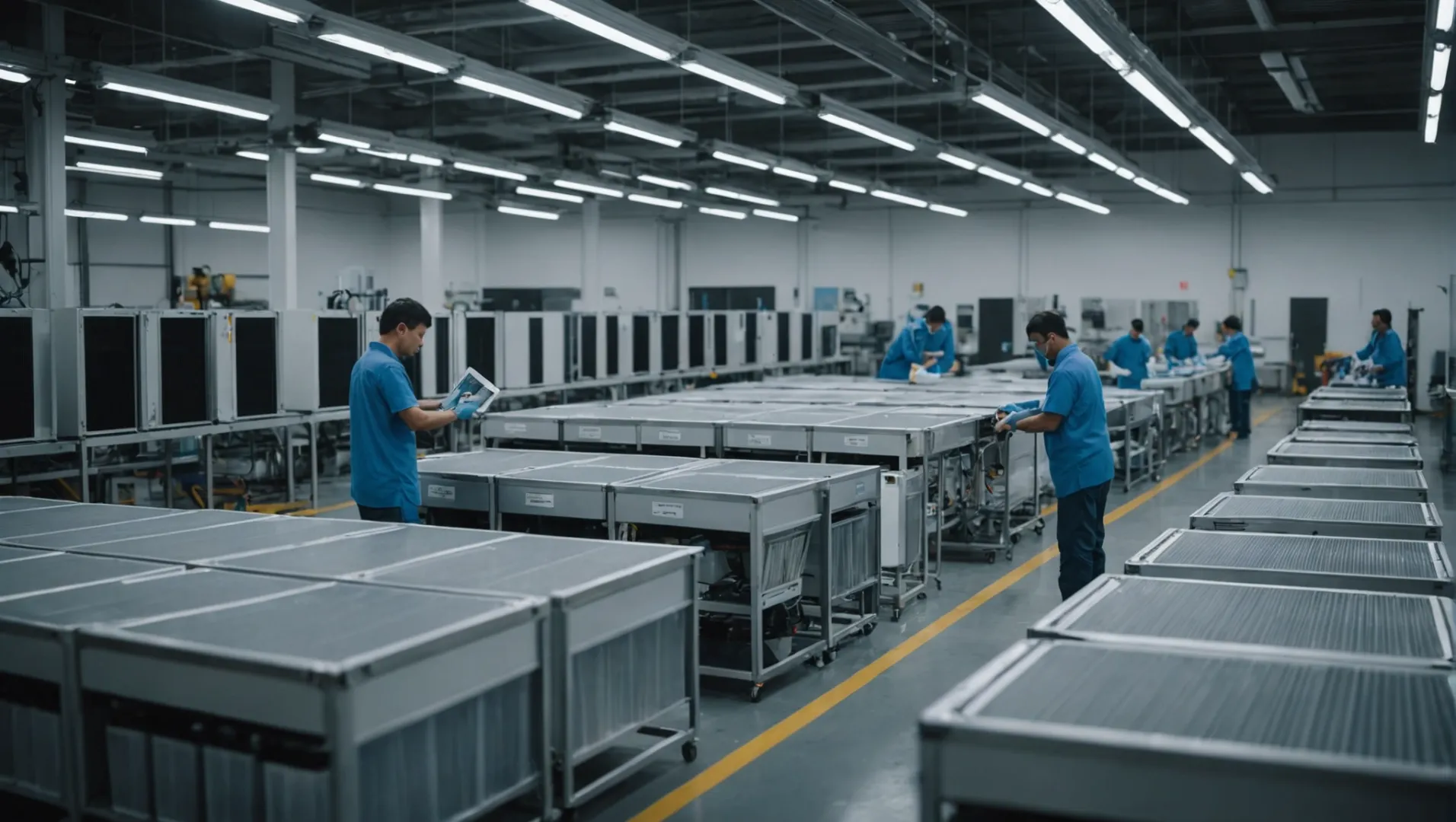
Asociarse con fabricantes experimentados
Elegir un fabricante con amplia experiencia en Fabricación de diseños originales6 (ODM) o Fabricación de equipos originales7 (OEM) pueden reducir considerablemente el tiempo. Un socio con experiencia tendrá protocolos establecidos, lo que reducirá la curva de aprendizaje y la posibilidad de errores.
Racionalizar la comunicación
Los costes de comunicación pueden ser un cuello de botella. Establezca canales de comunicación y calendarios claros. Las reuniones semanales son cruciales para alinear los objetivos y actualizar los avances. Considere la posibilidad de utilizar herramientas de gestión de proyectos para facilitar el flujo de información y garantizar que todas las partes interesadas estén de acuerdo.
Pruebas rigurosas en las primeras fases
La validación temprana del rendimiento mediante pruebas de laboratorio puede evitar futuros retrasos. Detectar pronto los fallos de diseño ayuda a evitar fallos durante la producción. Invertir en pruebas exhaustivas desde el principio ahorra tiempo y recursos al garantizar que el producto cumple las normas exigidas.
Gestión eficaz de proyectos
Es vital contar con un equipo dedicado a la gestión del proyecto. Debe supervisar los plazos, gestionar los recursos y anticiparse a posibles retrasos. Poner en marcha un marco de gestión de proyectos8 ayuda a mantener la eficacia y la coordinación en todo el proceso de fabricación.
Visitas periódicas a las fábricas
Las visitas periódicas a las fábricas garantizan que el proceso de fabricación se ajuste a las especificaciones del diseño. Ofrecen la oportunidad de detectar cualquier ineficiencia en la planta de producción y realizar ajustes en tiempo real.
| Escenario | Acción clave |
|---|---|
| Selección de socios | Elija socios con experiencia |
| Comunicación | Establecer calendarios y herramientas claros |
| Pruebas | Validación temprana mediante pruebas rigurosas |
| Gestión | Aplicar marcos de gestión de proyectos |
| Visitas a fábricas | Realizar controles periódicos de eficacia |
Los fabricantes experimentados reducen el tiempo de producción.Verdadero
Han establecido protocolos que minimizan los errores y los retrasos.
Las reuniones semanales ralentizan los procesos de fabricación.Falso
Las reuniones periódicas alinean los objetivos y actualizan los avances, lo que aumenta la eficacia.
¿Por qué son cruciales las pruebas de rendimiento en las primeras fases de desarrollo?
Descubra por qué las pruebas de rendimiento pueden ser el factor decisivo en el desarrollo inicial de un producto.
Las pruebas de rendimiento en las primeras fases de desarrollo ayudan a identificar y resolver posibles problemas, garantizando la fiabilidad y eficacia del producto. Al realizar las pruebas en una fase temprana, los desarrolladores pueden ahorrar tiempo y recursos resolviendo los problemas antes de la producción en masa, lo que en última instancia conduce a un lanzamiento exitoso al mercado.
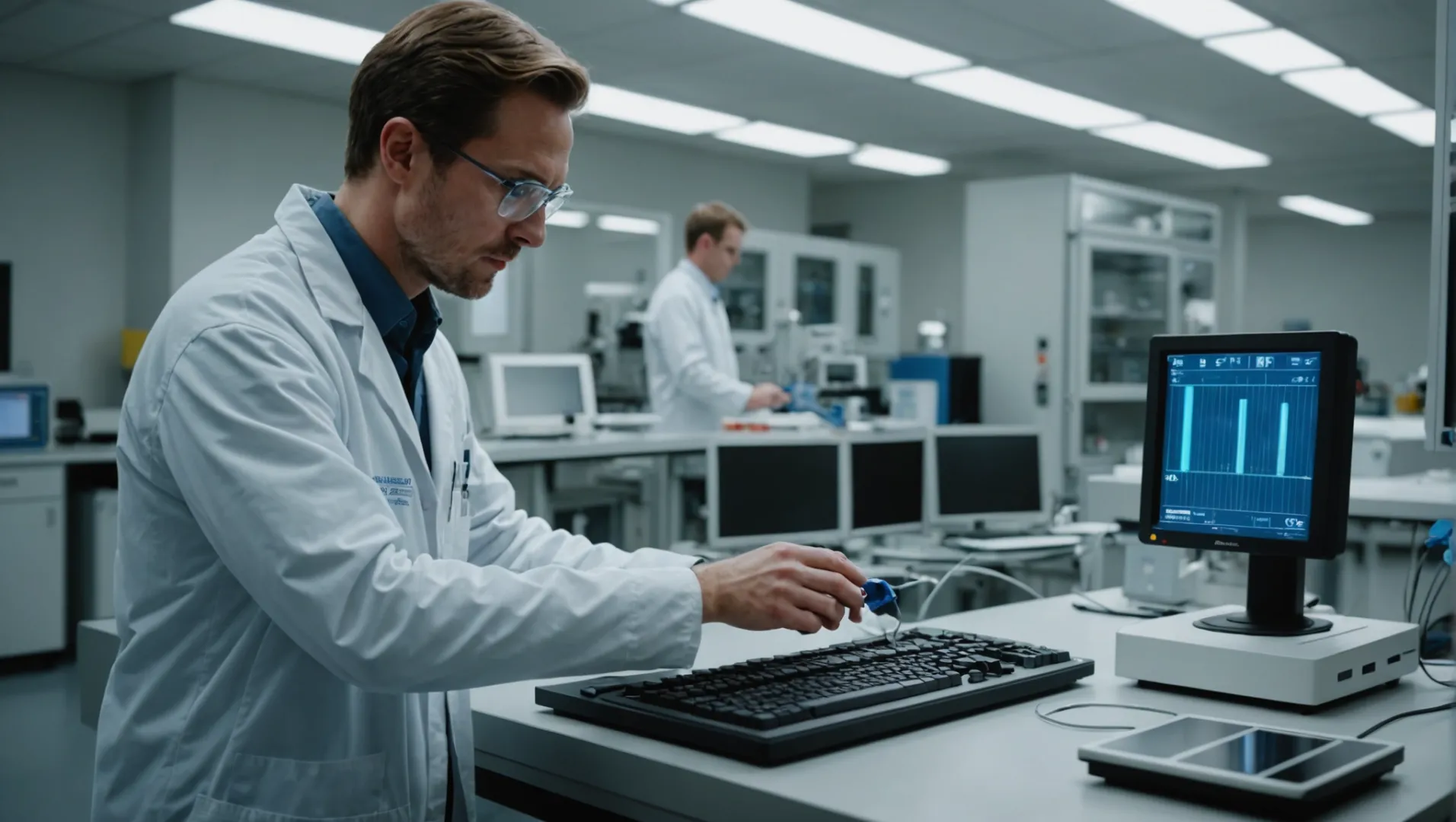
El papel de las pruebas de rendimiento en el éxito del producto
En el competitivo mundo del desarrollo de productos, especialmente en el caso de los purificadores de aire, no es negociable garantizar que el producto cumpla las normas de rendimiento previstas. Las pruebas de rendimiento son un paso fundamental para verificar que el producto funciona en las condiciones previstas sin fallos. Esto es especialmente importante en el caso de los purificadores de aire, que deben mantener una alta eficacia en el filtrado de contaminantes atmosféricos.
Prevención de fallos costosos
Detectar posibles problemas en una fase temprana del desarrollo puede ahorrar costes considerables. Por ejemplo, si se descubre un fallo de rendimiento durante la fase de fases posteriores9 de producción o después de la comercialización, puede dar lugar a costosas retiradas del mercado o daños a la reputación. Las pruebas tempranas permiten a los desarrolladores ajustar los diseños o materiales para rectificar los problemas sin interrumpir el calendario de producción.
Mejorar la fiabilidad de los productos
La fiabilidad es un argumento de venta clave para los consumidores, que esperan que sus purificadores de aire funcionen a la perfección. Las pruebas de rendimiento ayudan a garantizar que los productos puedan soportar diversas condiciones de funcionamiento a lo largo del tiempo. Para ello, se realizan pruebas exhaustivas que simulan situaciones de uso reales para comprobar la durabilidad y la eficiencia.
Racionalización del ODM Proceso
Para los implicados en OEM/ODM las pruebas de rendimiento son esenciales para mantener una comunicación eficaz con los socios. Proporcionan datos y perspectivas claros que ayudan a alinear las expectativas y a garantizar que todas las partes trabajan por un objetivo común. Al compartir los resultados de las pruebas en una fase temprana, las partes interesadas pueden colaborar más eficazmente en los ajustes necesarios.
Buenas prácticas para las primeras pruebas de rendimiento
- Establezca objetivos claros: Determine qué aspectos específicos del rendimiento son más críticos para su producto.
- Invierta en equipos de calidad: Utilizar herramientas de prueba avanzadas para obtener datos precisos.
- Recurra a expertos: Colabore con ingenieros y técnicos experimentados para realizar evaluaciones exhaustivas.
- Realice revisiones periódicas: Programe evaluaciones periódicas a lo largo de la fase de desarrollo para realizar un seguimiento de los avances y efectuar las modificaciones oportunas.
La incorporación de estas prácticas a su estrategia de desarrollo no sólo aumenta las probabilidades de éxito del lanzamiento, sino que también genera confianza entre los consumidores, que dependen de soluciones de purificación del aire fiables y eficaces.
Las pruebas de rendimiento tempranas reducen los costes de producción.Verdadero
La detección precoz de los problemas evita costosas retiradas y rediseños.
Las pruebas de rendimiento son innecesarias para los purificadores de aire.Falso
Las pruebas garantizan que los purificadores de aire mantengan su eficacia y fiabilidad.
Conclusión
La planificación cuidadosa y las asociaciones estratégicas son clave para el éxito de la producción de purificadores de aire. Aproveche los conocimientos de los expertos para aumentar la eficacia y la innovación. Empiece hoy mismo para seguir siendo competitivo.
-
Descubra cómo los fabricantes de equipos originales garantizan el control del diseño de los productos.: Un fabricante de equipos originales (OEM) suministra componentes para el producto de otra empresa y colabora estrechamente con el vendedor del producto acabado. ↩
-
Descubra cómo ODM ofrece soluciones de diseño y fabricación.: A continuación, el socio de ODM diseña y desarrolla el producto, teniendo en cuenta todas las necesidades y preferencias esenciales del cliente. ↩
-
Descubra los factores que debe tener en cuenta a la hora de elegir entre OEM u ODM: OEM significa Original Equipment Manufacturer (fabricante de equipos originales) y ODM, Original Design Manufacturer (fabricante de diseños originales). Esto es lo que significan ambos términos. ↩
-
Comprender las normas de cumplimiento para garantizar que el producto cumple la normativa del sector.: Todos los modelos de filtros de aire comercializados o vendidos en California después del 18 de octubre de 2010 tuvieron que ser probados y certificados según lo exigido por la normativa. Esto incluía ... ↩
-
Conozca métodos para optimizar sus procesos de fabricación y mejorar la eficiencia.: Para impulsar la eficiencia de una planta de fabricación, es esencial centrarse en agilizar los flujos de trabajo, utilizar tecnología punta y reducir los residuos. ↩
-
Sepa por qué es importante elegir el tipo de fabricante adecuado..: OEM son las siglas de Original Equipment Manufacturer (fabricante de equipos originales) y ODM son las de Original Design Manufacturer (fabricante de diseños originales). Esto es lo que significan ambos términos. ↩
-
Entender cómo los procesos de los OEM pueden afectar a la velocidad de producción..: Los OEM y sus fabricantes por contrato (CM) deben seguir ocho etapas para diseñar y fabricar un producto que sea competitivo, independientemente de su... ↩
-
Descubra herramientas que agilizan la gestión de proyectos en la fabricación: Lista de los 10 mejores software de gestión de proyectos de fabricación - 1. MRPeasy - El mejor para las necesidades de MRP de los pequeños fabricantes' - 2. Zoho Projects - Mejor ... ↩
-
Comprenda cómo las pruebas tempranas minimizan los riesgos y mejoran la fiabilidad del producto.: Una mejor comprensión del comportamiento del sistema, junto con una identificación más rápida de los puntos conflictivos, nos permite ofrecer más rápidamente una previsión precisa... ↩


